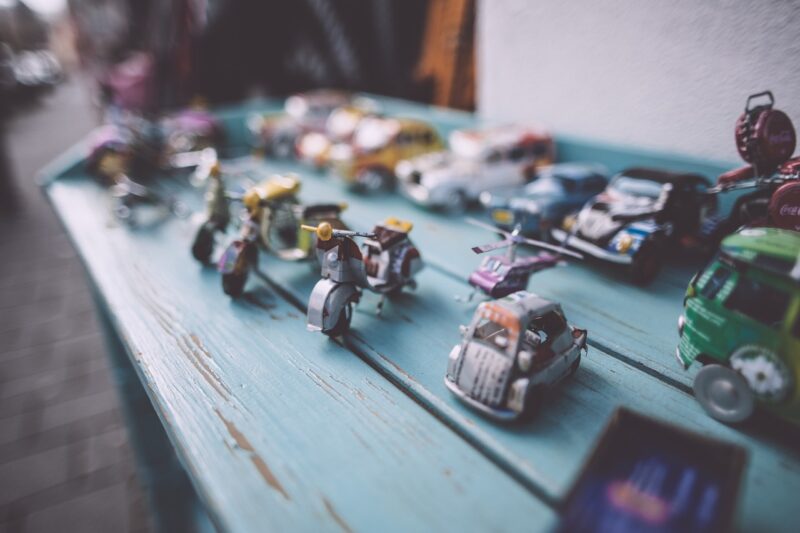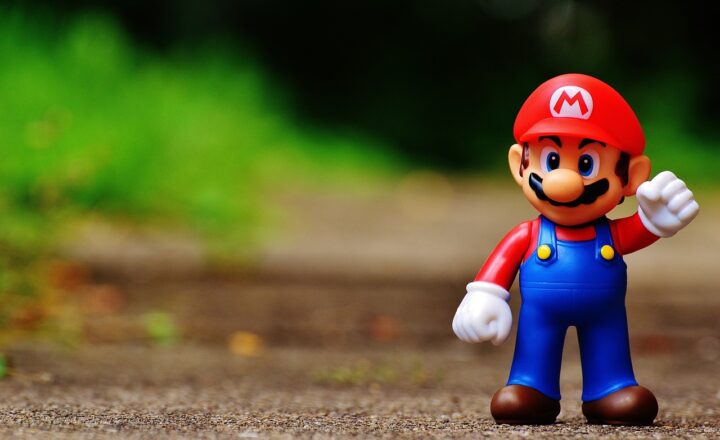The Ultimate Guide to Collecting Vintage Toys: Finding and Valuing Rare Items
November 13, 2024

Collecting vintage toys is more than just a hobby; it’s a passion that intertwines nostalgia, history, and the excitement of finding rare items. For many, vintage toys evoke fond memories of childhood, transporting collectors back to simpler times. But beyond sentimentality, the world of vintage toys is vibrant and diverse, offering a myriad of opportunities for engagement, investment, and community.
1. The Allure of Vintage Toys
The appeal of vintage toys goes beyond mere aesthetics. They often tell a story and reflect social, cultural, and technological changes. From tin robots that emerged during the industrial revolution to the action figures inspired by beloved cartoons, each piece carries history.
Collecting vintage toys taps into a shared nostalgia among various age groups. Older collectors reminisce about their childhoods, while younger enthusiasts appreciate the craftsmanship and artistry of toys from previous decades. Moreover, the thrill of the hunt—finding that elusive piece—adds an exhilarating layer to the collecting experience.
2. Types of Vintage Toys to Collect
There’s a wide range of vintage toys that collectors can pursue. Here are some popular categories:
- Action Figures: Figures from franchises like Star Wars, G.I. Joe, and Transformers are particularly coveted. The value of these figures can skyrocket based on condition, rarity, and packaging.
- Board Games: Classic games like Monopoly, Clue, and Scrabble from the mid-20th century are not only fun to play but can also appreciate in value.
- Die-Cast Cars: Brands like Hot Wheels or Matchbox have produced countless models over the years, with certain limited editions fetching hefty prices.
- Dolls: Vintage dolls, especially those from well-known manufacturers like Mattel or Barbie, are highly sought after. Unique editions or those with original clothes are especially valuable.
- Tin Toys: Wind-up tin toys from the 1950s and 60s can be charming collectors’ items. Their mechanical movements capture the imagination and hold significant collectible value.
- Action Playsets: Toys that come with elaborate playsets, such as LEGO sets or dollhouses, are popular. The completeness and condition of these sets can greatly influence their worth.
3. Researching and Valuing Vintage Toys
Before diving headfirst into collecting, it’s crucial to conduct thorough research. Understanding the market and how to value vintage toys can help you make informed purchasing decisions.
Some essential steps to consider include:
- Online Resources: Websites like Collector’s Weekly and Toy Price Guide provide extensive databases of toy values and trends. Engage with online forums and Facebook groups to connect with other enthusiasts and gather insights.
- Auction Sites: Platforms like eBay allow you to see the selling price of items similar to what you’re interested in. Pay attention to how many of each item are available and their final sold prices.
- Condition Categories: The condition of the toy plays a crucial role in its value. Familiarize yourself with terms like mint, near mint, good, and fair, which relate to its state of wear and packaging.
- Authenticity: Knowing how to identify real vintage items vs. modern reproductions is essential. Look for trademarks, original packaging, or special markings that signify authenticity.
4. Where to Find Vintage Toys
Finding the right vintage toys can feel like a treasure hunt. Here are some great places to seek out collectibles:
- Thrift Stores and Flea Markets: These are often gold mines for collectors. With a keen eye, you may just stumble upon rare finds among piles of miscellaneous goods.
- Garage Sales and Estate Sales: Ask about any toys being sold. People are often more willing to part with childhood memories than they think.
- Online Marketplaces: Apart from eBay, sites like Etsy and Craigslist can lead to amazing finds. Be cautious, however, and always ask for additional pictures and details.
- Toy Shows and Conventions: These gatherings are opportunities to buy, sell, and network with other collectors. Engaging directly with sellers can allow you to negotiate better deals.
- Antique Shops: Although prices may be higher here, antique shops often carry items that are well-cared-for or unique.
5. Caring for Your Vintage Toys
Once you’ve started your collection, it’s important to maintain the value of your vintage toys by keeping them in good condition. Here are some essential care tips:
- Cleaning: Use a soft cloth to gently clean toys. Avoid using harsh chemicals that might scratch or damage them.
- Storage: Store toys away from direct sunlight, which can fade colors and degrade materials. Consider using display cases to protect items while showcasing them.
- Handling: Handle vintage toys with care, especially those with fragile parts. Always wash your hands before touching them to avoid transferring oils or dirt.
6. Joining the Vintage Toy Collecting Community
Engaging with other collectors can enhance your experience. Joining forums or local collector clubs allows for sharing resources, insights, and stories, fostering a sense of camaraderie. Many cities even host toy expos where collectors can showcase their collections and meet fellow enthusiasts.
Conclusion
Collecting vintage toys is a rewarding adventure that opens doors to history, creativity, and joy. From understanding the nuances of the market to finding and preserving rare items, engaging in this hobby provides not only personal satisfaction but also the potential for lasting value. Whether you’re a seasoned collector or just starting out, the world of vintage toys invites you to explore, learn, and connect with others who share your passion.
To embark on your journey, begin researching, network within your community, and don’t forget the joy of the hunt. Each vintage toy you collect will tell a story, whether it’s your own or that of someone else’s childhood.






